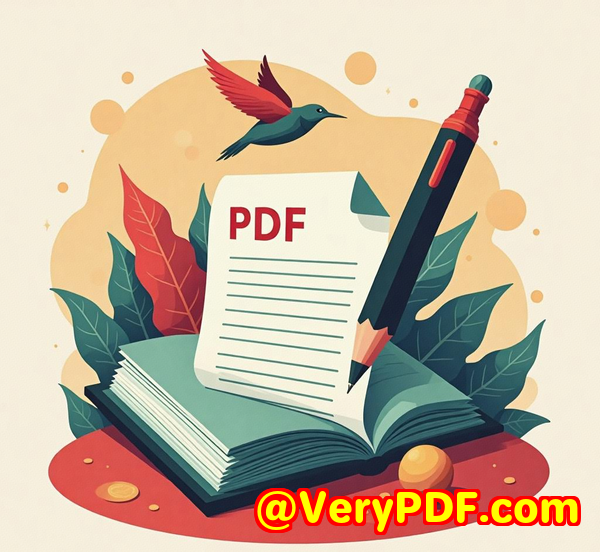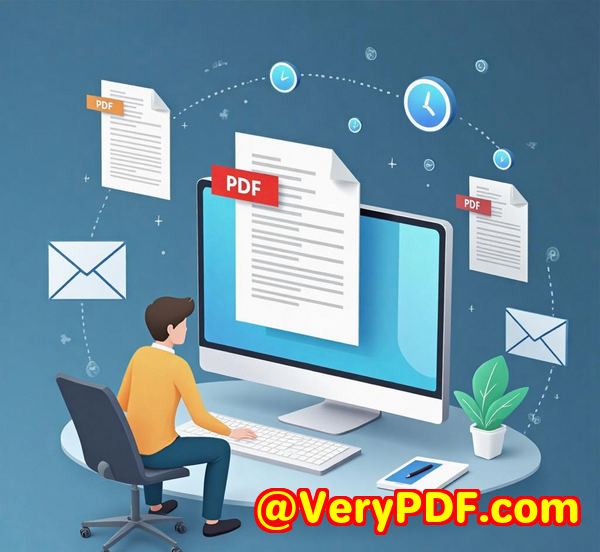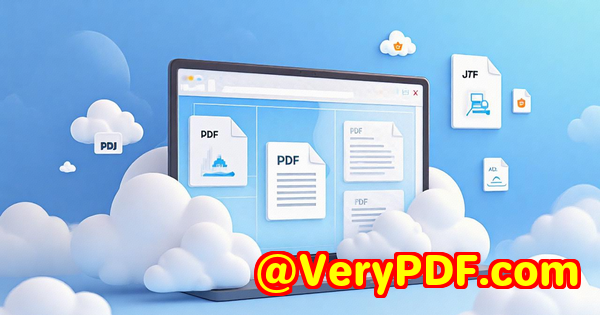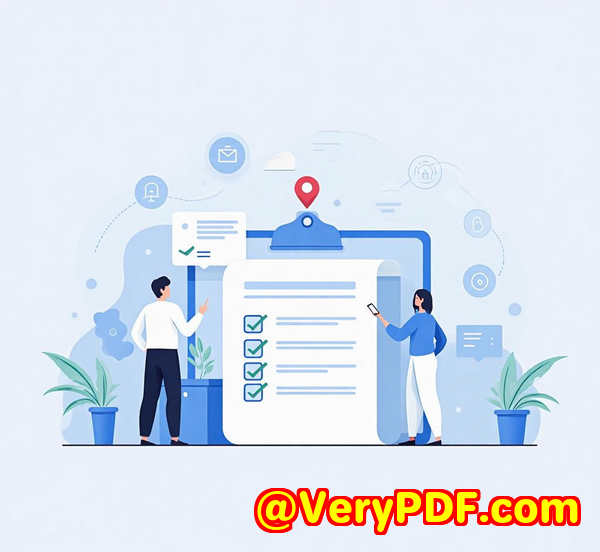Reduce Manual Labor in Invoice Extraction Using SPLParser Automation Features
Reduce Manual Labor in Invoice Extraction Using SPLParser Automation Features
Every week, I used to spend hours manually digging through piles of invoicesscanning, opening PDFs, copying data, and trying not to miss anything important. It was exhausting, time-consuming, and frankly, a total drain on productivity. If you've ever been stuck wrestling with bulk invoices or print spool files, you know the pain. Trying to extract key details quickly without errors felt almost impossible without some kind of magic.
That's when I discovered VeryPDF SPLParser Command Line tool. This little powerhouse changed everything for me and my team. Suddenly, invoice extraction became way less manual, much faster, and a whole lot smoother.

What is VeryPDF SPLParser and Who's It For?
VeryPDF SPLParser is a command-line tool and SDK designed for developers and IT pros who need to handle print spool files like PCL, PS, PDF, and SPL formats. If your work involves managing or automating print jobs, extracting data from complex documents, or converting print files into images or text, this tool is a game-changer.
It's perfect for:
-
Finance teams processing hundreds of invoices weekly
-
Print service providers who need to monitor and modify print jobs
-
Developers building automated workflows to extract document metadata
-
Anyone dealing with PCL or PS spool files and needing quick, reliable parsing
I'm not exaggerating when I say it's a time saver for anyone drowning in document chaos.
How SPLParser Helped Me Slash Manual Work
I remember the first time I ran SPLParser on a batch of invoice PDFs mixed with print spool files. Instead of tediously opening each one, I fired off a simple command to extract document properties and metadata. Within minutes, I had a clear list of job names, page counts, copies, duplex settings, and even colour modes all critical for sorting and processing.
Here are the features that really stood out and made a difference:
1. Extracting Document Info Quickly with the -info Option
This feature alone saved me hours. Using a single command like:
gave me instant insights into document titles, page numbers, print properties, and more. I could script this across hundreds of files and feed the metadata into my ERP system.
For example, I was able to filter out invoices with duplex printing or multiple copies without opening the files one by one. This kind of automation is pure gold when you're handling large volumes.
2. Fast Preview by Converting Only the First Page
Before, if I wanted to verify an invoice visually, I had to open the entire PDF or print spool file. SPLParser lets you convert just the first page to a PNG image with:
This made it effortless to generate quick previews without wasting time or resources. I could glance over hundreds of invoices as thumbnails to verify content before full processing.
3. Updating Print Properties in Batch
This was a surprise feature I didn't expect but came to rely on heavily. SPLParser lets you update print settings like duplex mode, number of copies, and resolution directly in PCL or PS files. For instance, if you get a batch of print jobs set to simplex but want duplex, you just run:
This saved a ton of back-and-forth with printing services and reduced waste.
4. Page-by-Page Colour and Size Analysis
I also found the page-by-page colour info useful, especially for invoices with colour logos or stamps. The tool reports on paper size, image size, and whether the page is colour or monochrome. This helped me segregate files for colour printing or scanning based on budget constraints.
Why SPLParser Beats Other Tools
I've tried other PDF parsing tools, but SPLParser stands apart because it handles not only PDF but also PCL and PostScript spool files formats most tools ignore. This flexibility means you're covered no matter what type of print files come your way.
Other software often requires GUI interaction or has clunky batch modes. SPLParser's command-line nature lets you integrate it directly into automated scripts or workflows without lifting a finger.
Plus, the ability to update print properties directly within spool files is something you won't find elsewhere, making it invaluable for print job management.
Real Results: Time Saved and Errors Reduced
After adopting SPLParser, our invoice processing time dropped by nearly 70%. We cut out manual metadata entry and stopped wasting time opening each print file just to see job details. The consistency improved too less human error when copying job names or adjusting print settings.
For example, we automated extracting invoice numbers and job names from filenames, then renamed output images accordingly for easy lookup. This sort of automation would have taken weeks to develop from scratch.
Who Should Try SPLParser Today?
If you're overwhelmed by manual invoice extraction, juggling multiple print formats, or need to batch process print jobs for data, SPLParser is worth a close look. It's particularly useful if:
-
You want to automate invoice metadata extraction from PDFs and print spool files.
-
You need to update or standardize print job properties before sending to print.
-
You want to generate previews from print files without opening heavy documents.
-
You require a lightweight, scriptable solution that fits into your existing workflows.
My Personal Take
I'm all about practical tools that just get the job done and SPLParser fits the bill perfectly. It's reliable, fast, and flexible enough for complex workflows involving PDFs and print spool files.
If your team handles a high volume of invoices or print jobs and you're tired of repetitive manual tasks, this is a solid investment of your time.
Click here to try it out for yourself: https://www.verypdf.com/
Start your free trial now and boost your productivity.
Custom Development Services by VeryPDF
VeryPDF offers tailored development services to fit your unique technical needs. Whether you need custom PDF processing tools for Windows, Linux, or macOS, or want to integrate specialized features into your apps, VeryPDF has you covered.
Their expertise spans multiple programming languages including Python, PHP, C/C++, C#, JavaScript, .NET, and HTML5. They develop Windows Virtual Printer Drivers that produce PDFs, EMFs, and images, and provide powerful print job capture and monitoring solutions for all Windows printers.
VeryPDF also delivers advanced document analysis services for PDFs, PCL, PostScript, and Office files, along with barcode recognition, OCR table extraction, and report generation tools.
If you have specific requirements for document conversion, security, digital signatures, or DRM protection, reach out to VeryPDF through their support center at https://support.verypdf.com/ to discuss custom solutions tailored for your projects.
Frequently Asked Questions (FAQ)
Q1: What file formats does SPLParser support?
A1: SPLParser supports PDF, PostScript (PS), Printer Command Language (PCL), and SPL print spool files.
Q2: Can I automate batch processing with SPLParser?
A2: Yes, SPLParser is designed for command-line usage and SDK integration, making it ideal for automation.
Q3: Is it possible to update print properties like duplex mode using SPLParser?
A3: Yes, you can update duplex/simplex mode, number of copies, and resolution in PCL and PS files.
Q4: Does SPLParser convert print files to image formats?
A4: Yes, you can convert pages or selected pages to PNG images for previews or further processing.
Q5: Who is the ideal user for SPLParser?
A5: Developers, print service providers, finance teams, and anyone needing to parse or modify print spool files efficiently.
Tags / Keywords
-
invoice extraction automation
-
SPLParser command line tool
-
PCL PS PDF parsing
-
print job metadata extraction
-
automated invoice processing
If you deal with piles of invoices or print jobs, reducing manual labor in invoice extraction with SPLParser is a no-brainer. Give it a try and see the difference it makes.



